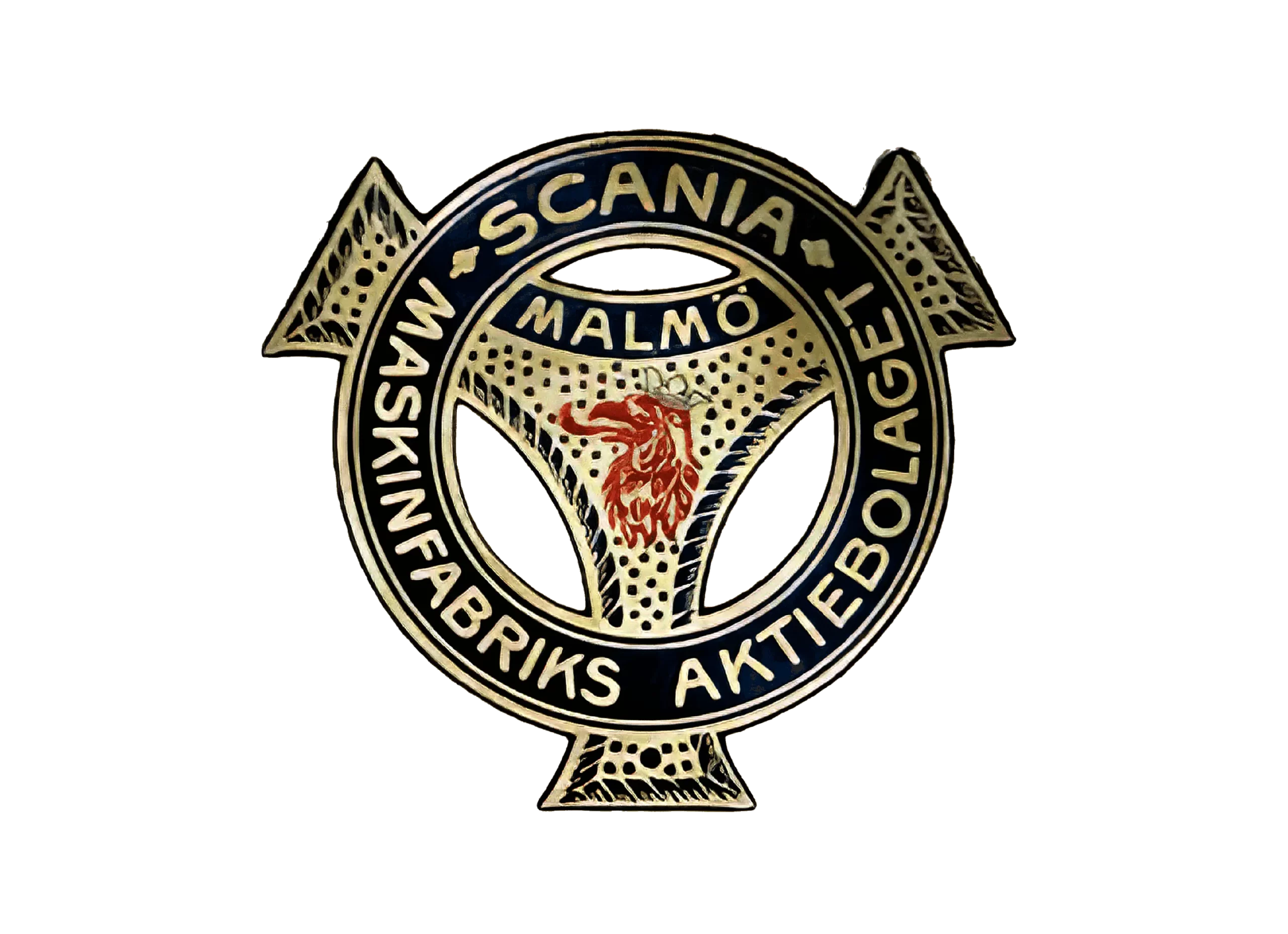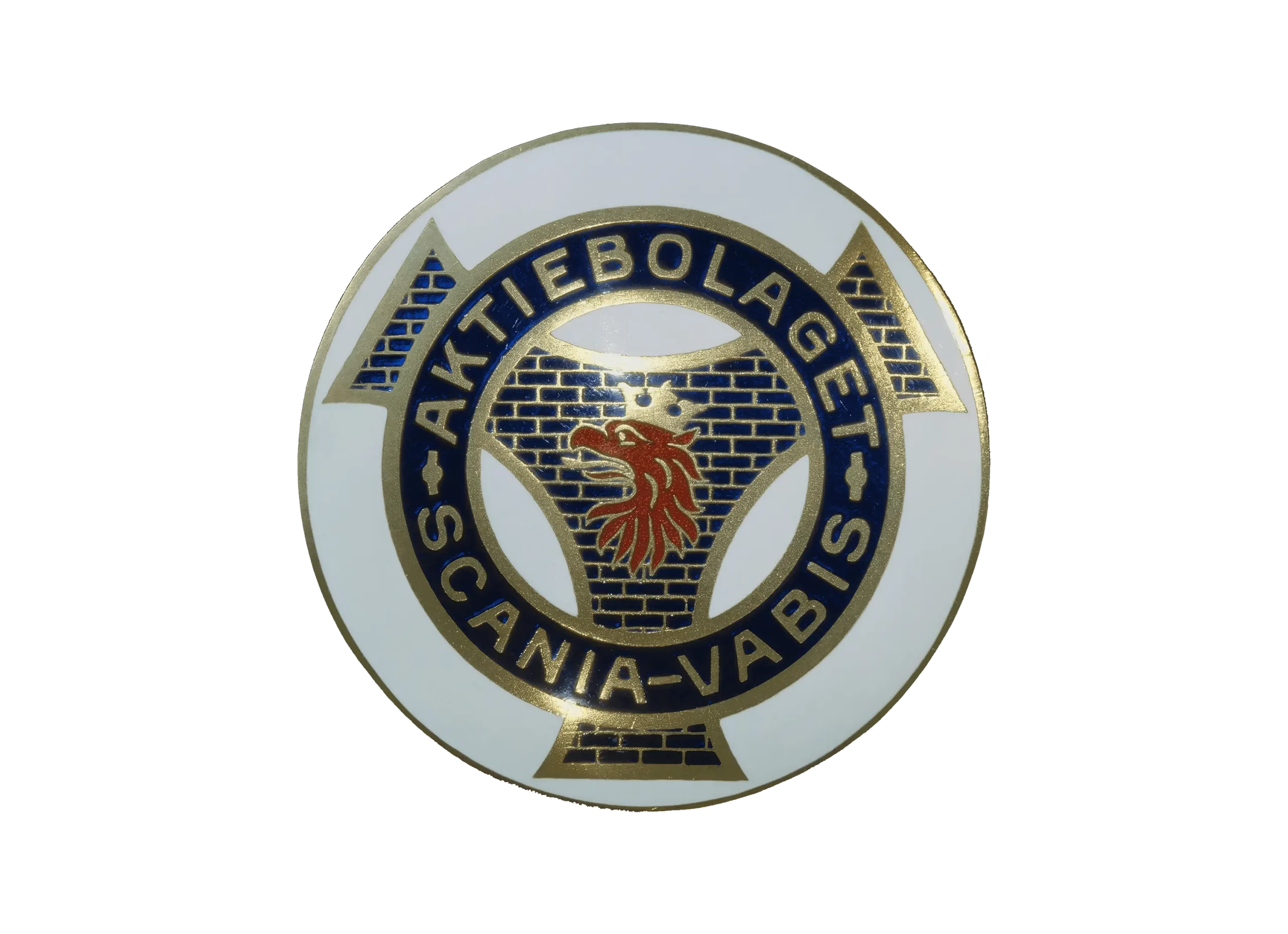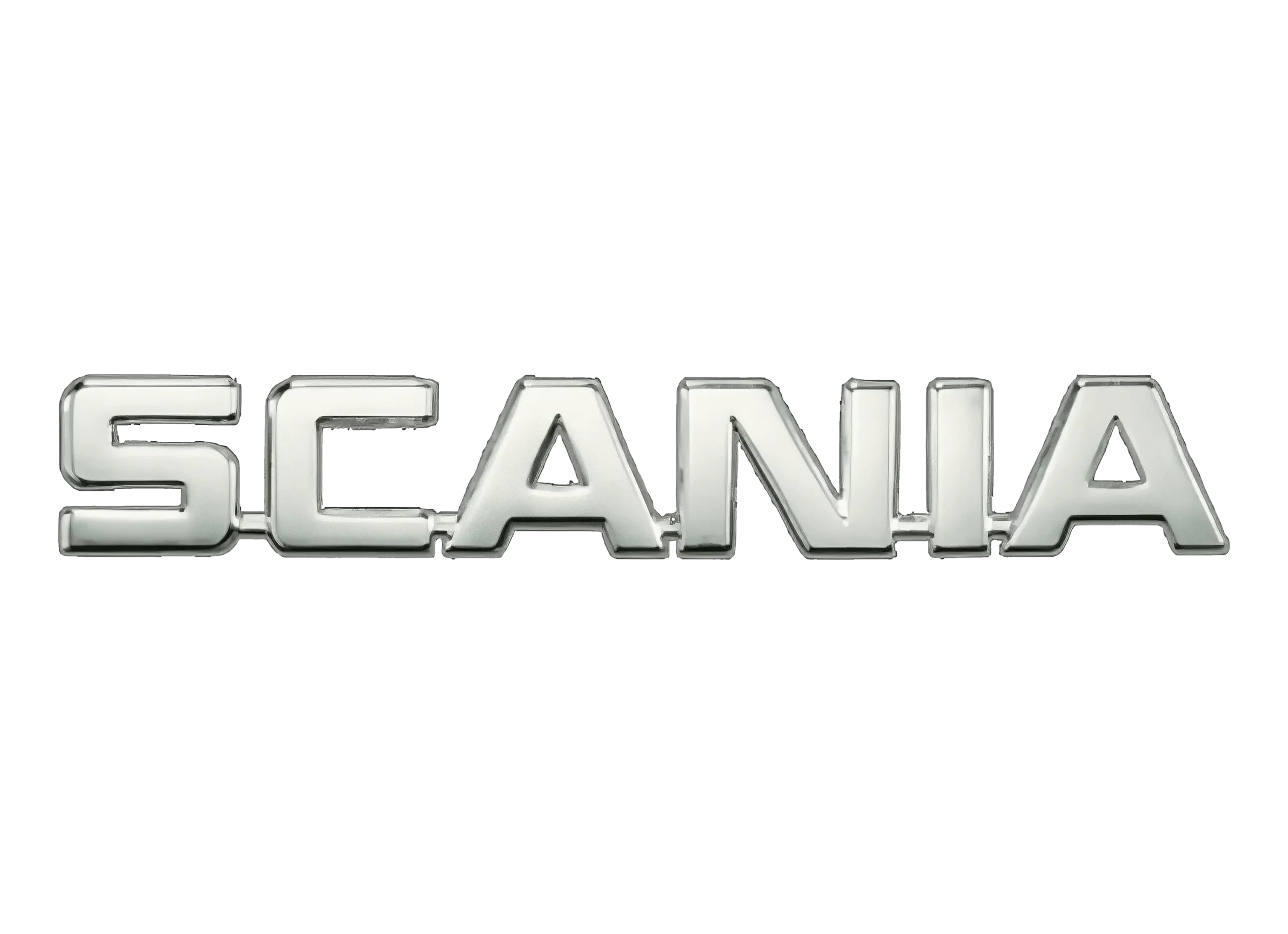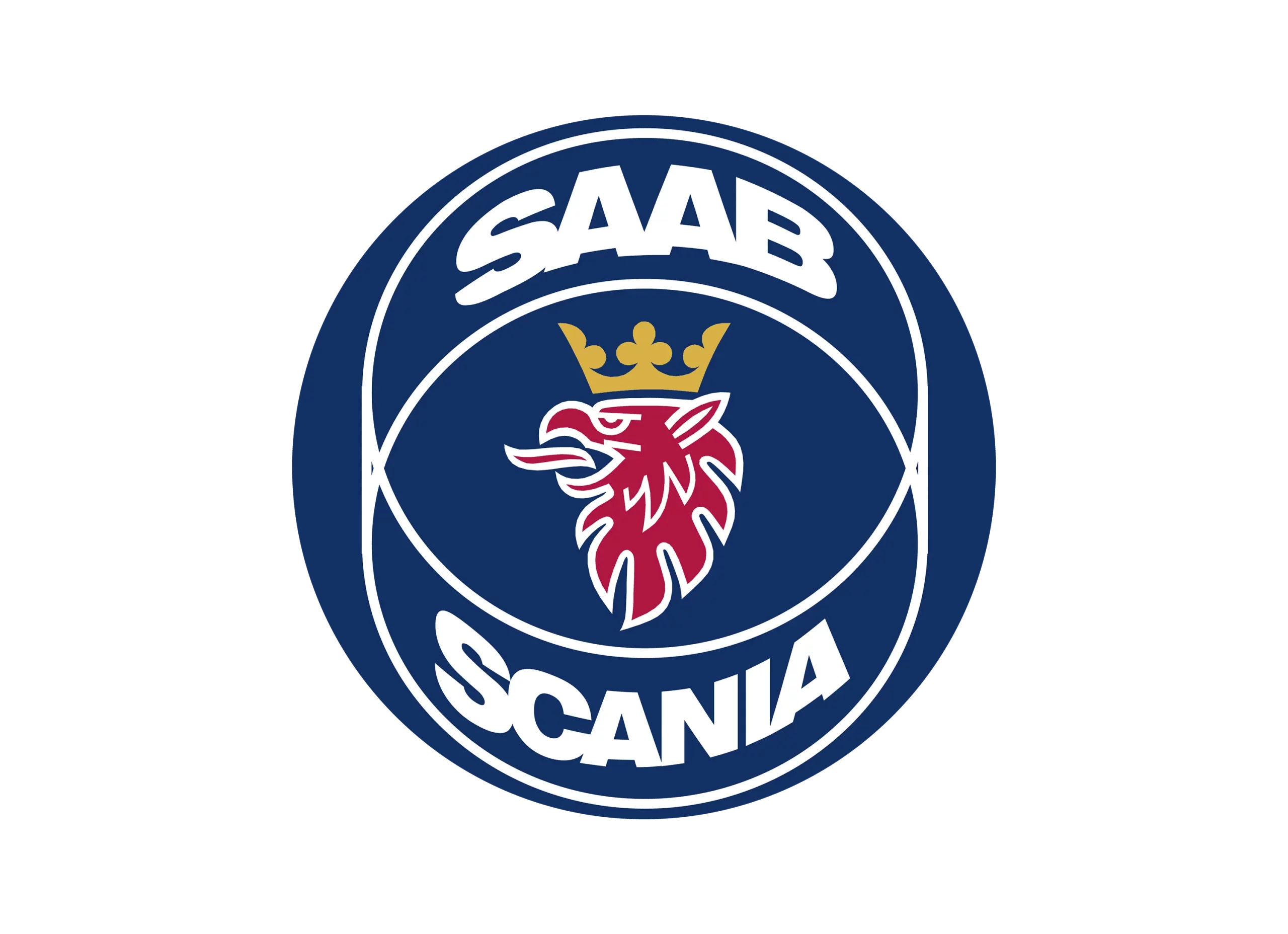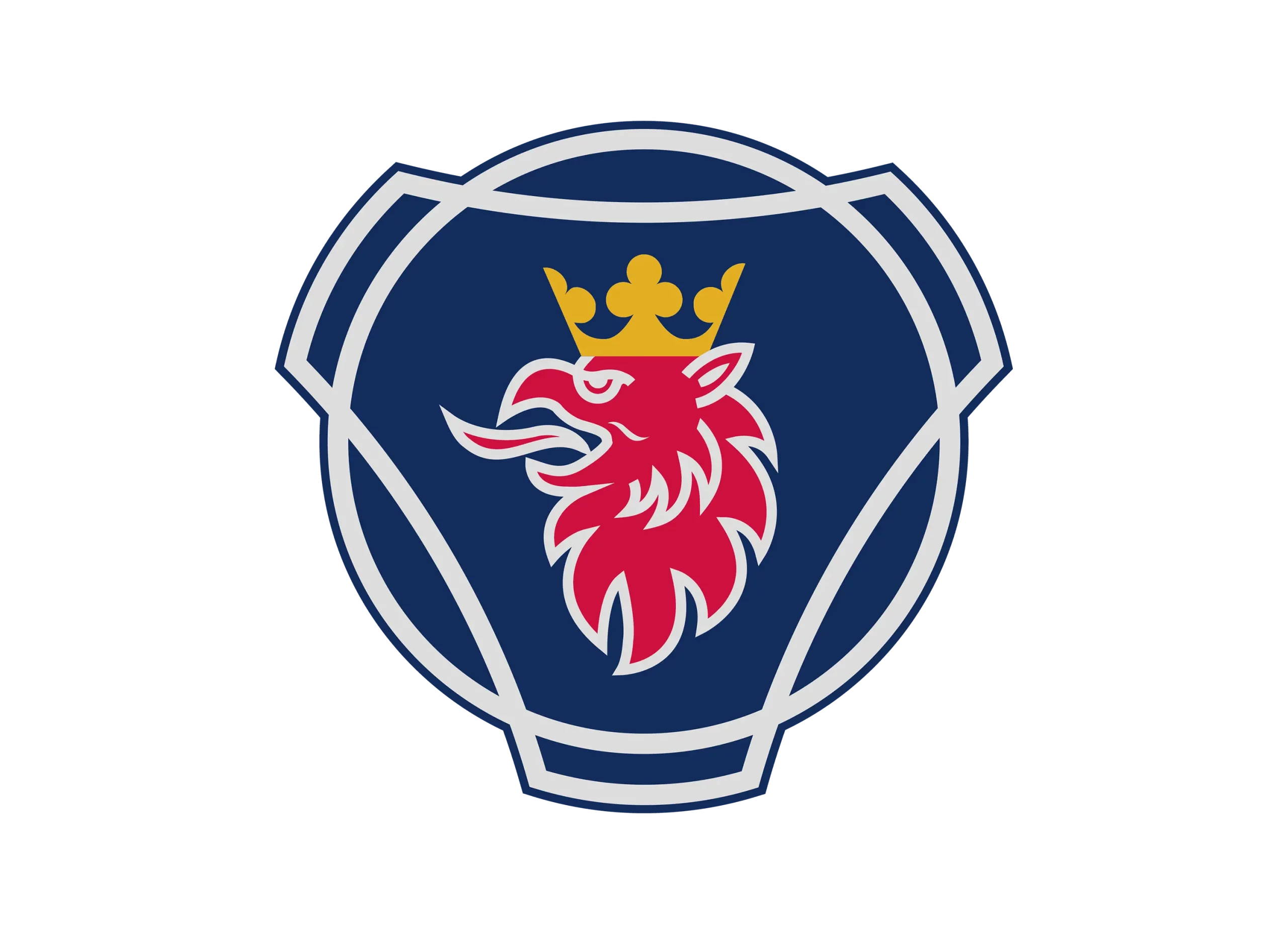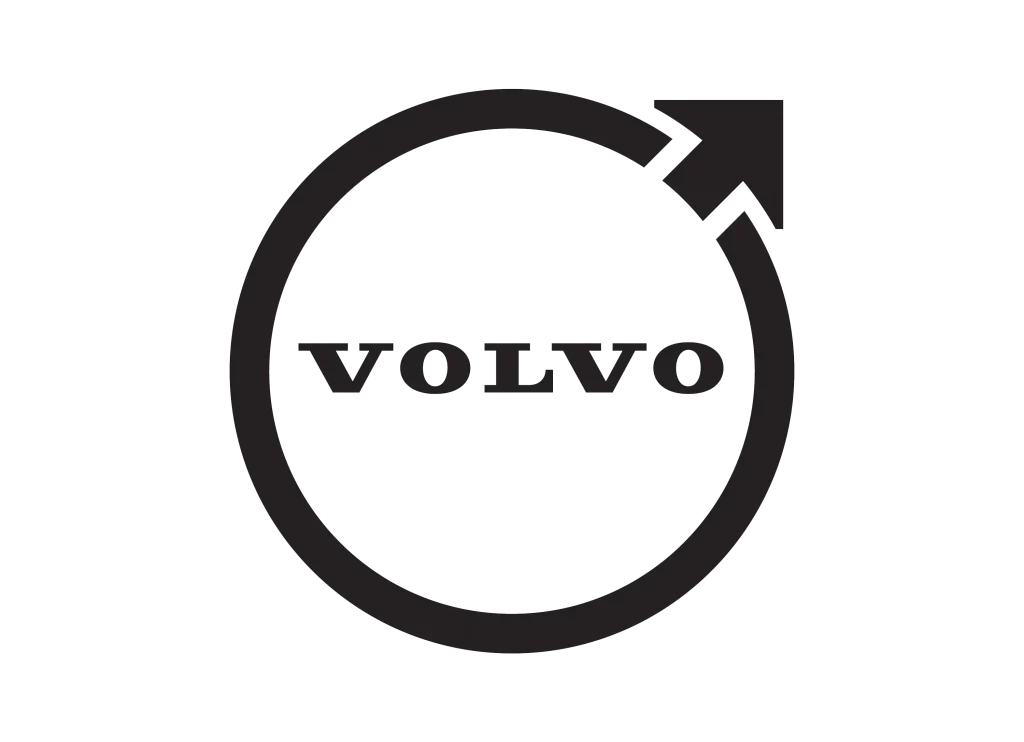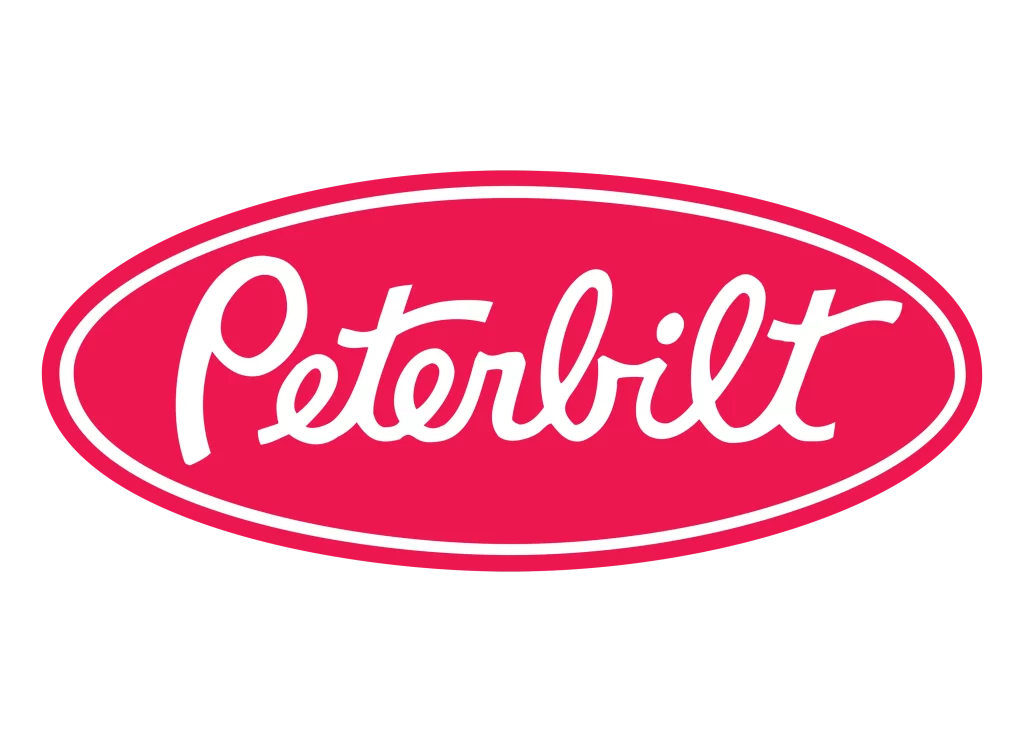Scania logo
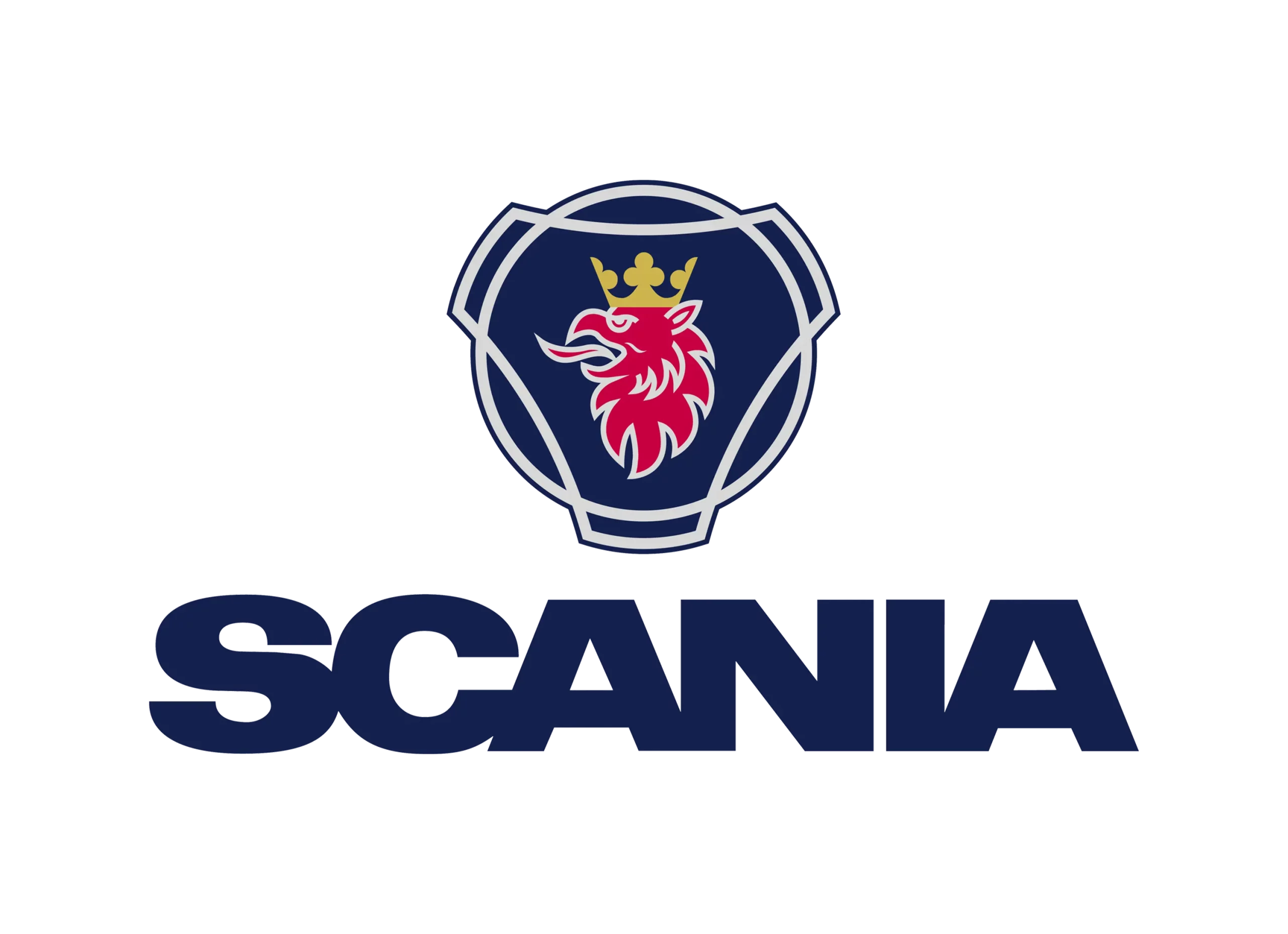
Scania Brand Overview
1911
formed in 1911 through the merger of Södertälje-based Vabis and Malmö-based Maskinfabriks-aktiebolaget Scania
Södertälje, Sweden
Scania is a Swedish truck manufacturer with a long and rich history. The company was formed in 1911 through the merger of Vabis and Maskinfabriks-aktiebolaget Scania. From the very beginning, Scania was focused on producing high-quality commercial vehicles that were built to last.
Over the years, Scania has become a major player in the global truck market. The company has production facilities in several countries, including Sweden, France, the Netherlands, Thailand, China, India, Argentina, Brazil, Poland, Russia, and Finland. Scania also has assembly plants in ten countries across Africa, Asia, and Europe.
Scania History
Scania is a Swedish manufacturer of heavy-duty trucks, buses, and engines. Established in 1911 through the merger of two companies – Vabis and Maskinfabriks-aktiebolaget Scania – the company has a long and storied history in the automotive industry.
The origins of Scania can be traced back to the 19th century, when Vabis was founded in Södertälje, Sweden, in 1891. Vabis initially produced steam-powered locomotives before transitioning to the production of automobiles in the early 1900s. Maskinfabriks-aktiebolaget Scania, on the other hand, was founded in Malmö, Sweden, in 1900 and specialized in the production of bicycles, motorcycles, and engines.
In 1911, Vabis and Maskinfabriks-aktiebolaget Scania merged to form Scania-Vabis, with the aim of expanding their production capacity and improving their competitiveness in the rapidly evolving automotive industry. The newly formed company began producing trucks and buses, and by the 1920s, it had established itself as one of the leading manufacturers of heavy-duty vehicles in Europe.
Over the next several decades, Scania-Vabis continued to expand its product line and improve its manufacturing capabilities. The company developed a reputation for producing high-quality vehicles that were known for their durability, reliability, and performance. During World War II, Scania-Vabis played a key role in the Swedish war effort, producing military vehicles and engines for the Swedish Armed Forces.
In the post-war era, Scania-Vabis continued to innovate and expand its operations. In the 1950s, the company introduced its first diesel engine, and in the 1960s, it began producing its first V8 engines. Scania-Vabis also established partnerships with other automotive manufacturers, including Saab and MAN, to develop new technologies and improve its global competitiveness.
In the 1970s and 1980s, Scania-Vabis underwent a series of transformations, changing its name to Scania AB and shifting its focus towards the production of heavy-duty trucks and buses. The company continued to develop new technologies and expand its global operations, establishing manufacturing facilities and sales networks throughout Europe, Asia, and the Americas.
Today, Scania is one of the world’s leading manufacturers of heavy-duty trucks and buses, with a presence in over 100 countries and a workforce of more than 50,000 employees. The company is known for its innovative and sustainable products, including its new generation of trucks, which feature state-of-the-art technology and advanced safety features. With a long and storied history in the automotive industry, Scania continues to be a key player in the global transportation market, providing high-quality vehicles and engines that are built to last.

